New geo-radar technology has uncovered traces of Karl XII's spectacular overland transport of galleys in 1718. The discovery provides new insight into one of Sweden's most fascinating military operations.
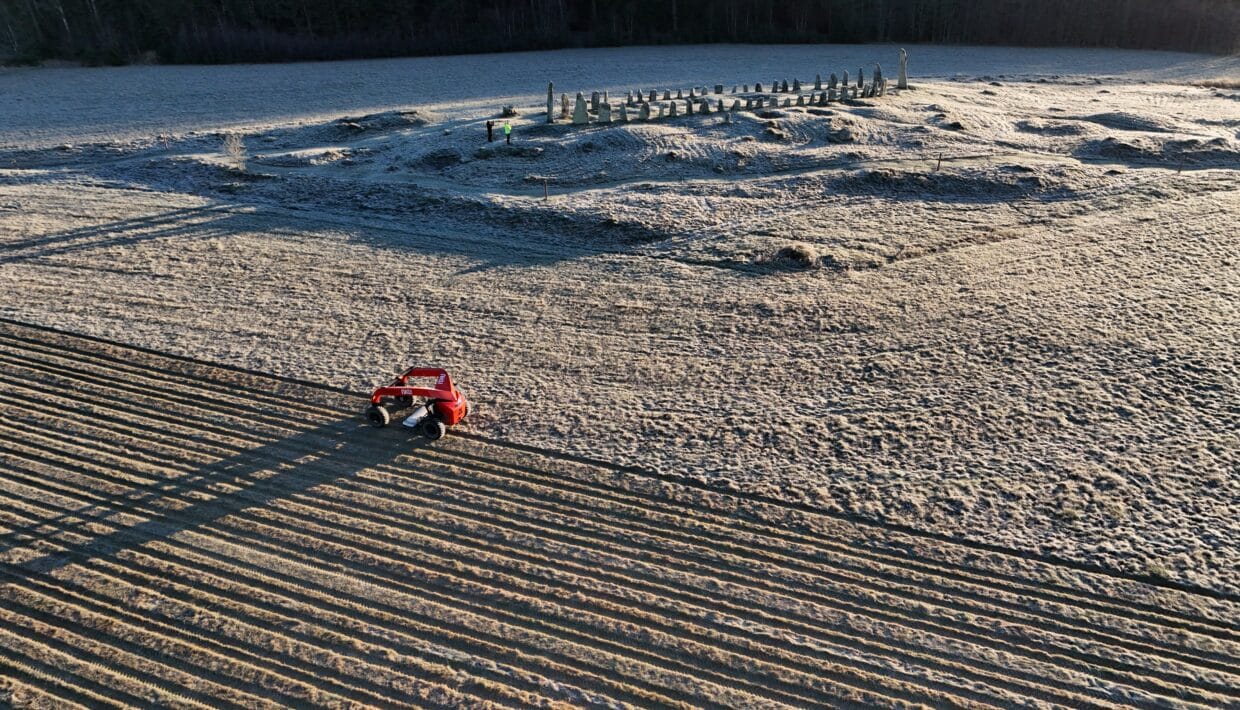

New geo-radar technology has uncovered traces of Karl XII's spectacular overland transport of galleys in 1718. The discovery provides new insight into one of Sweden's most fascinating military operations.
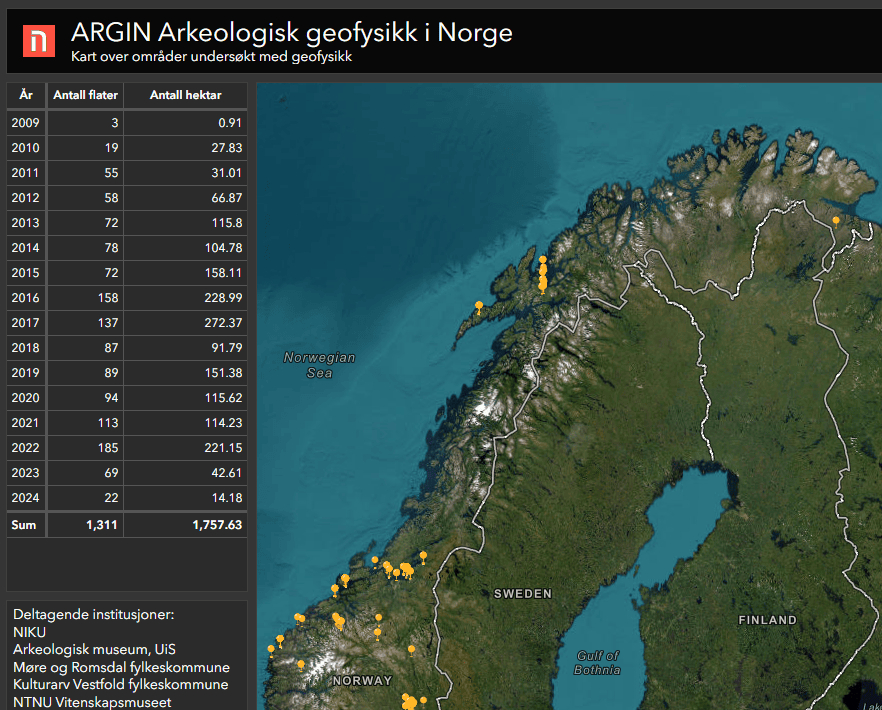
NIKU (with partners) has created an open map service with an overview of projects completed with archaeological geophysics in Norway. Almost 2000 hectares have been studied and 300 project reports are now available through the webpage argin.no.
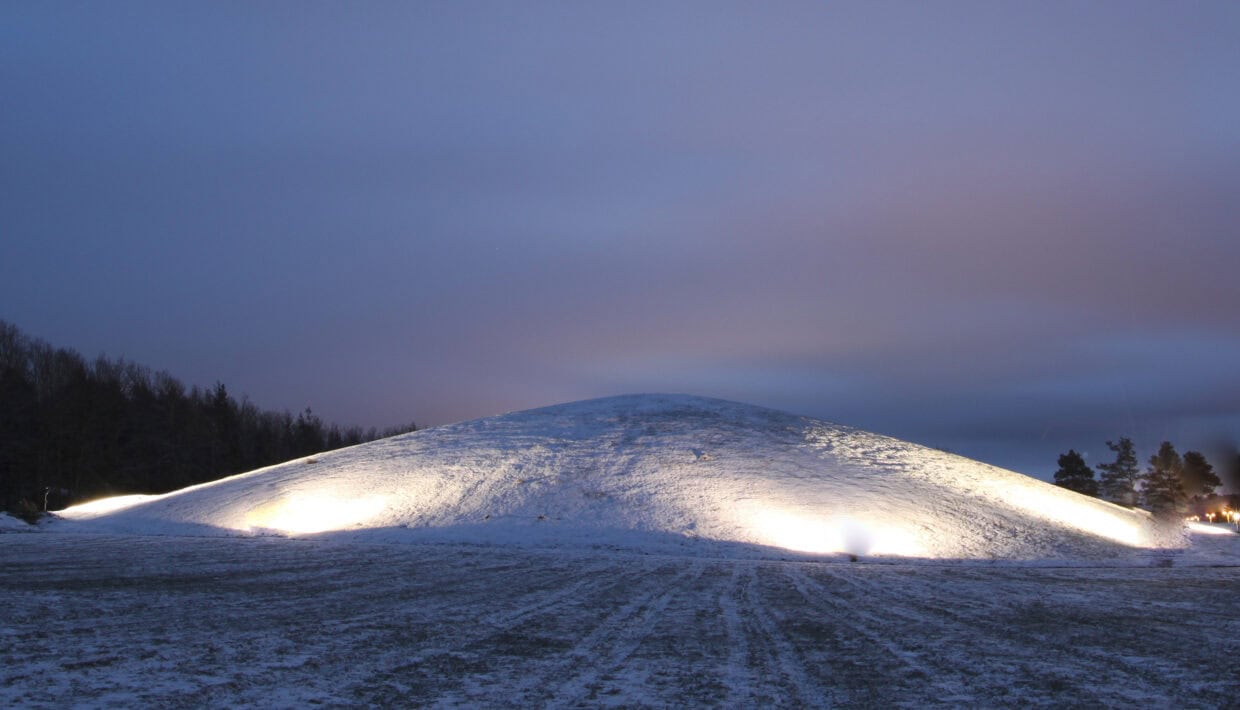
Save the date for the conference Linking Places in the Emerging Viking Age on the 17. and 18. October 2024! More information to come early next year.

The Norwegian Institute for Cultural Heritage Research (NIKU) and AutoAgri are launching a revolutionary self-driving ground penetrating radar (GPR) for archaeological survey. The technology promises increased efficiency, climate friendly solutions, and accurate mapping of hitherto undiscovered cultural heritage.
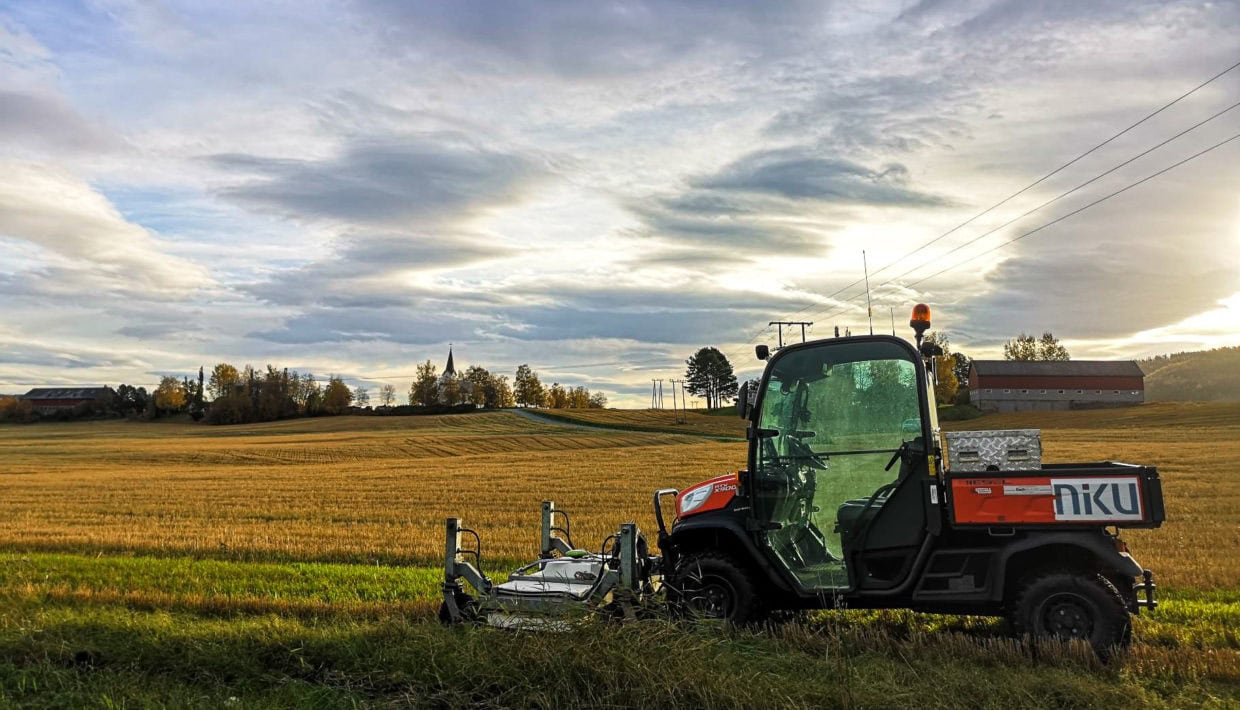
Last autumn, archaeologists using ground-penetrating radar (GPR) discovered traces of previously unknown graves and settlement activity at several locations along Trondheim Fjord. They hope that these discoveries can shed light on state formation, national unification and religious change in Norway a thousand years ago.
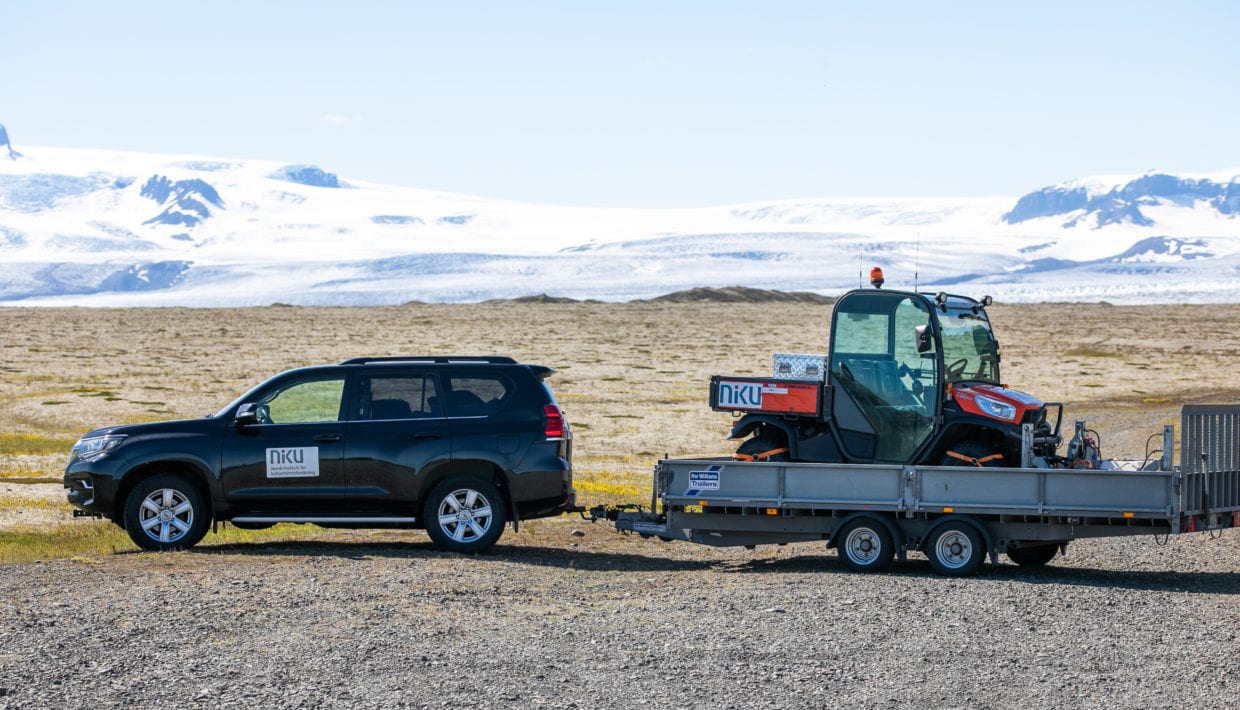
This summer, archaeologists from Norwegian Institute for Cultural Heritage (NIKU) have carried out several surveys using ground penetrating radar in Iceland. Preliminary results show that the investigations have already been very successful.
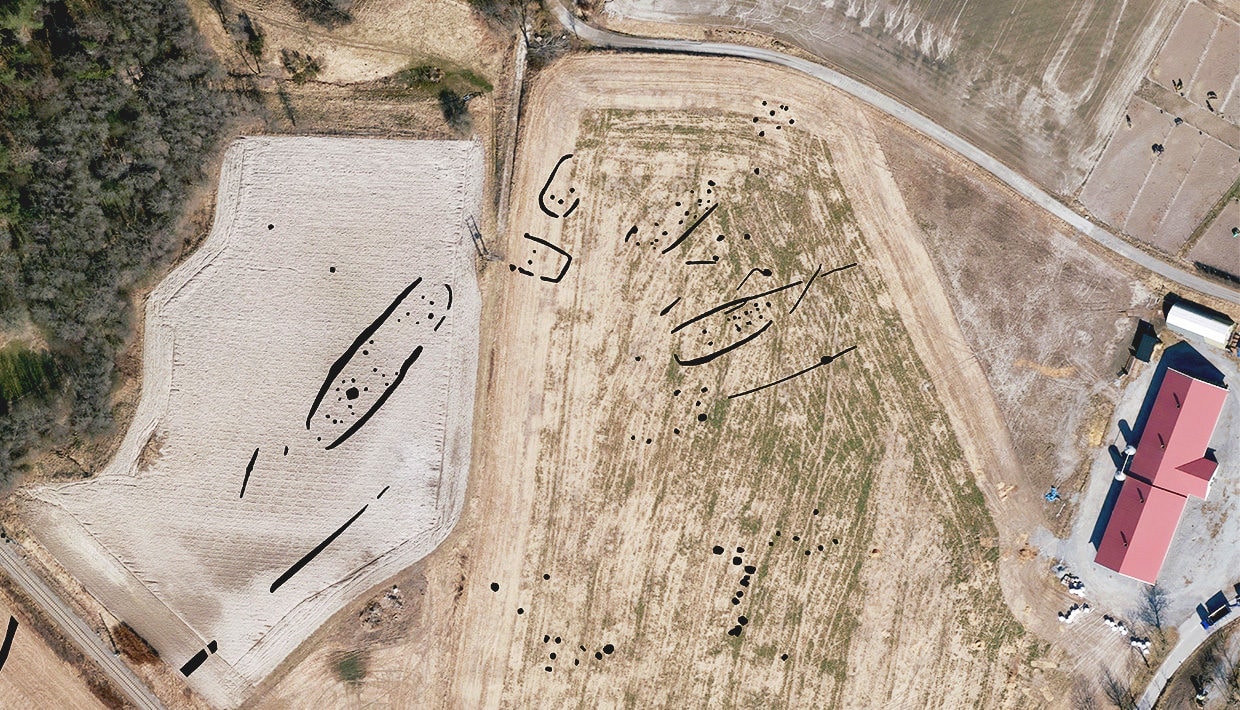
At Gjellestad in Norway, archaeologists from the Norwegian Institute for Cultural Heritage Research (NIKU) have found a 60 metre longhouse. There is no longer a doubt that Gjellestad, where the same team discovered a Viking ship in 2018, has been a central place in the late Nordic Iron Age. In the next few years, researchers will hopefully find the answer to how Gjellestad became such an important place.
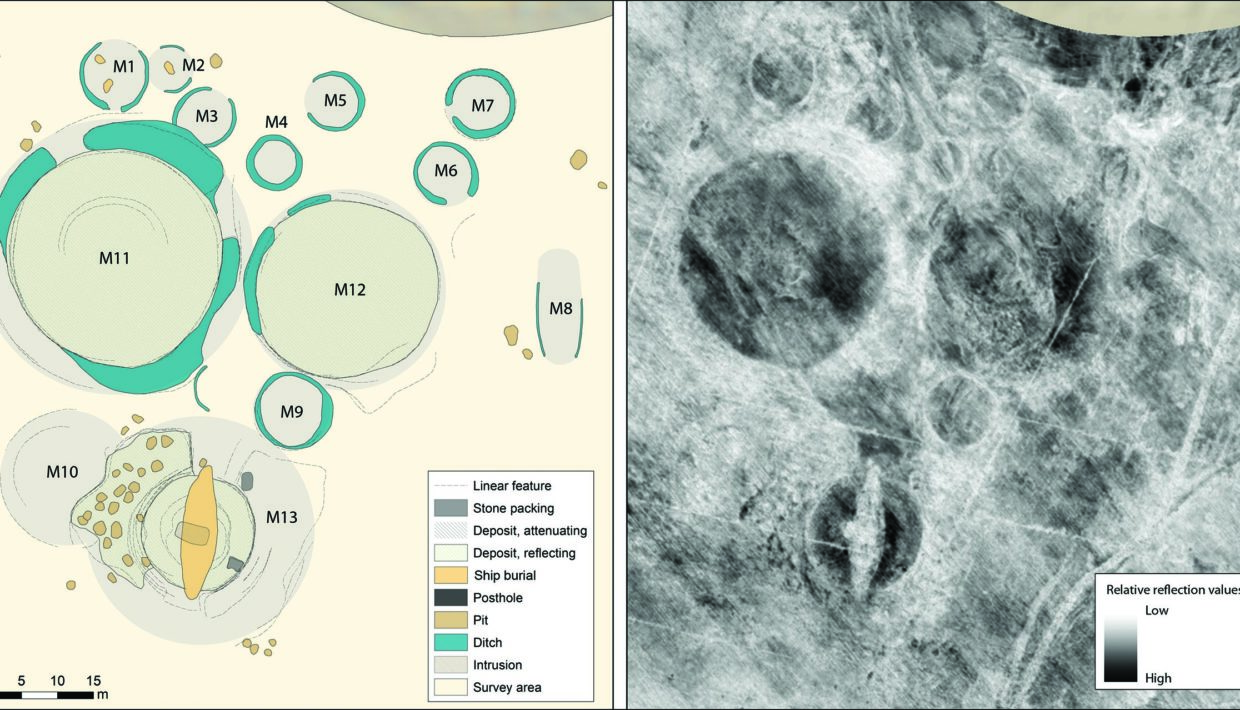
Archaeologists in Norway have identified a previously unknown ritual centre, including a feast hall, cult house, and ship burial.
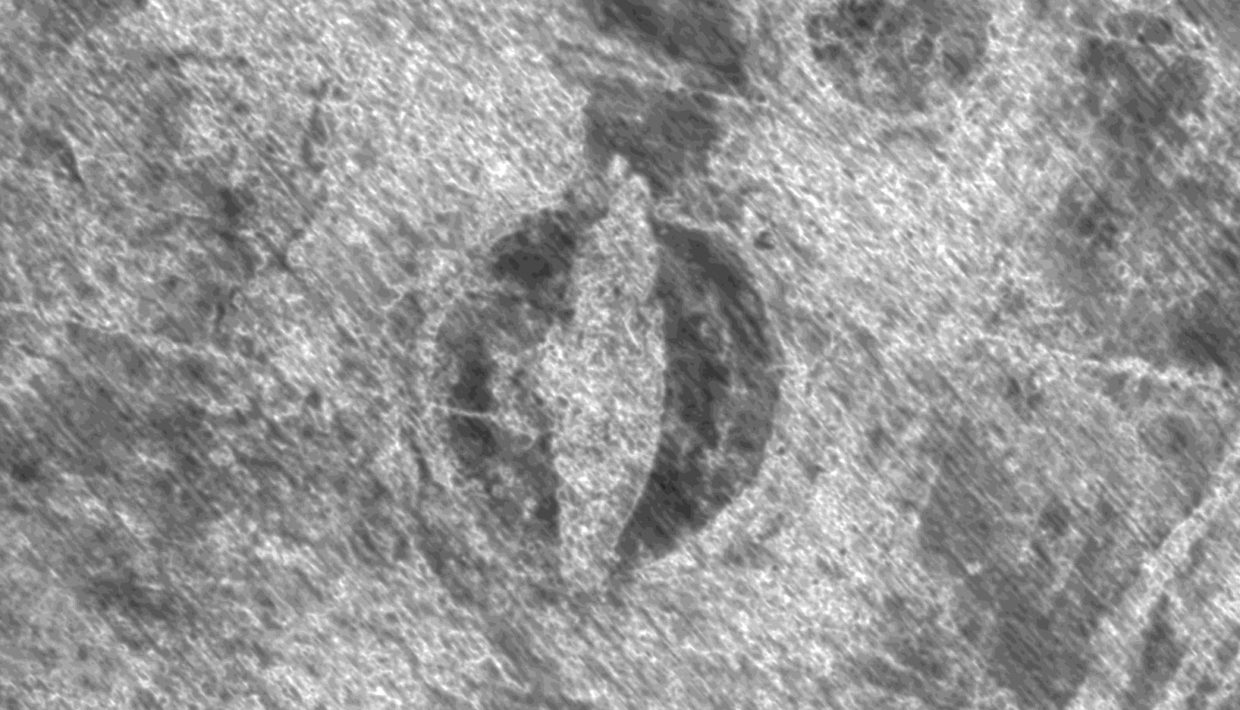
"This will be exciting for all of us, regardless of whether you are an archaeologist or just have a medium interest in our past," says Viking ship expert Knut Paasche.

The Gjellestad Ship is quite clearly from the Viking Age, the Museum of Cultural History said today. “The investigations happily confirm our hypothesis from 2018, when we found the ship by ground-penetrating radar (GPR),” says Knut Paasche, head of NIKU’s department of digital archaeology.
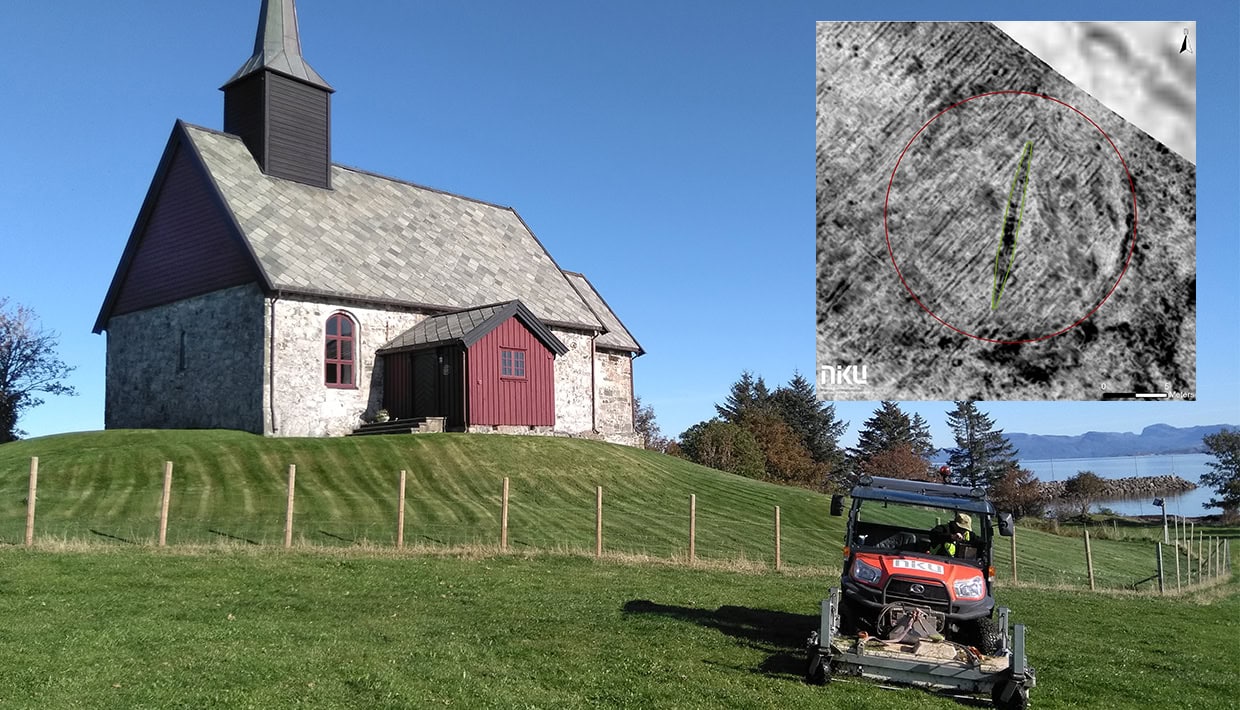
A high-resolution georadar has detected traces of a ship burial and a settlement that probably dates to the Merovingian or Viking Period at Edøy in Møre and Romsdal County in Norway.
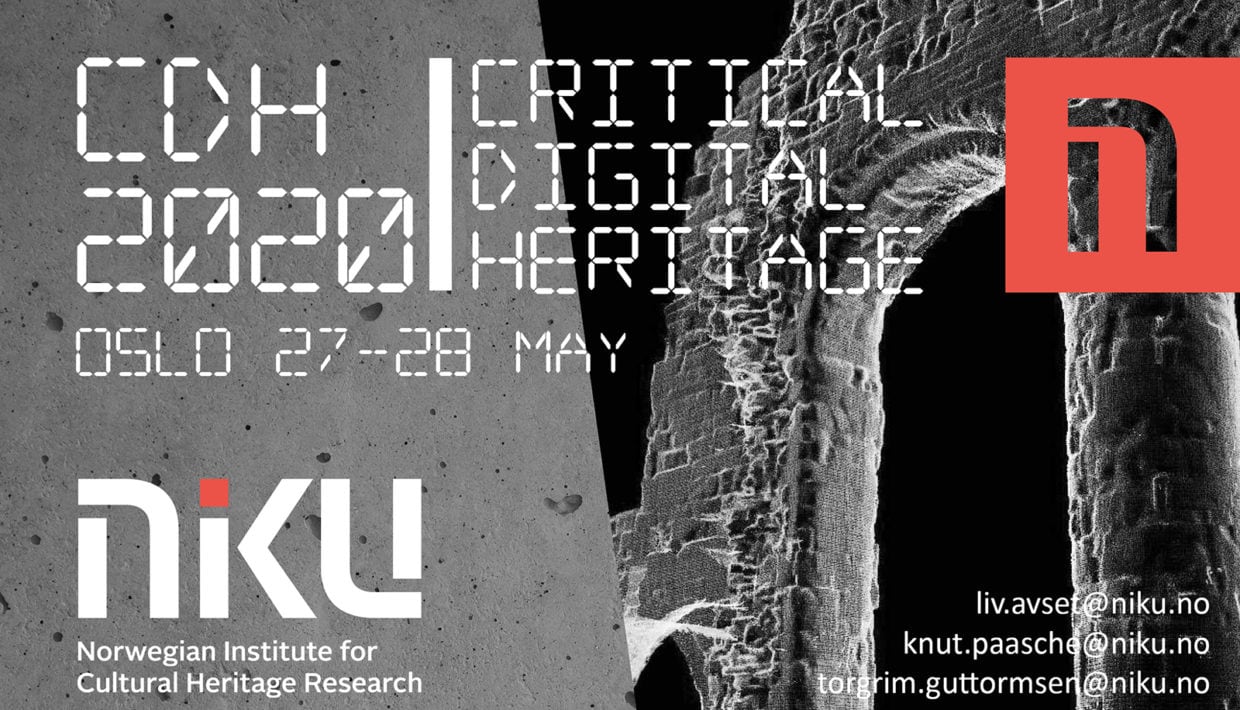
We urge contributors to demonstrate how the sessions’ topics may be discussed through a variety of methods and theoretical approaches from different disciplines.